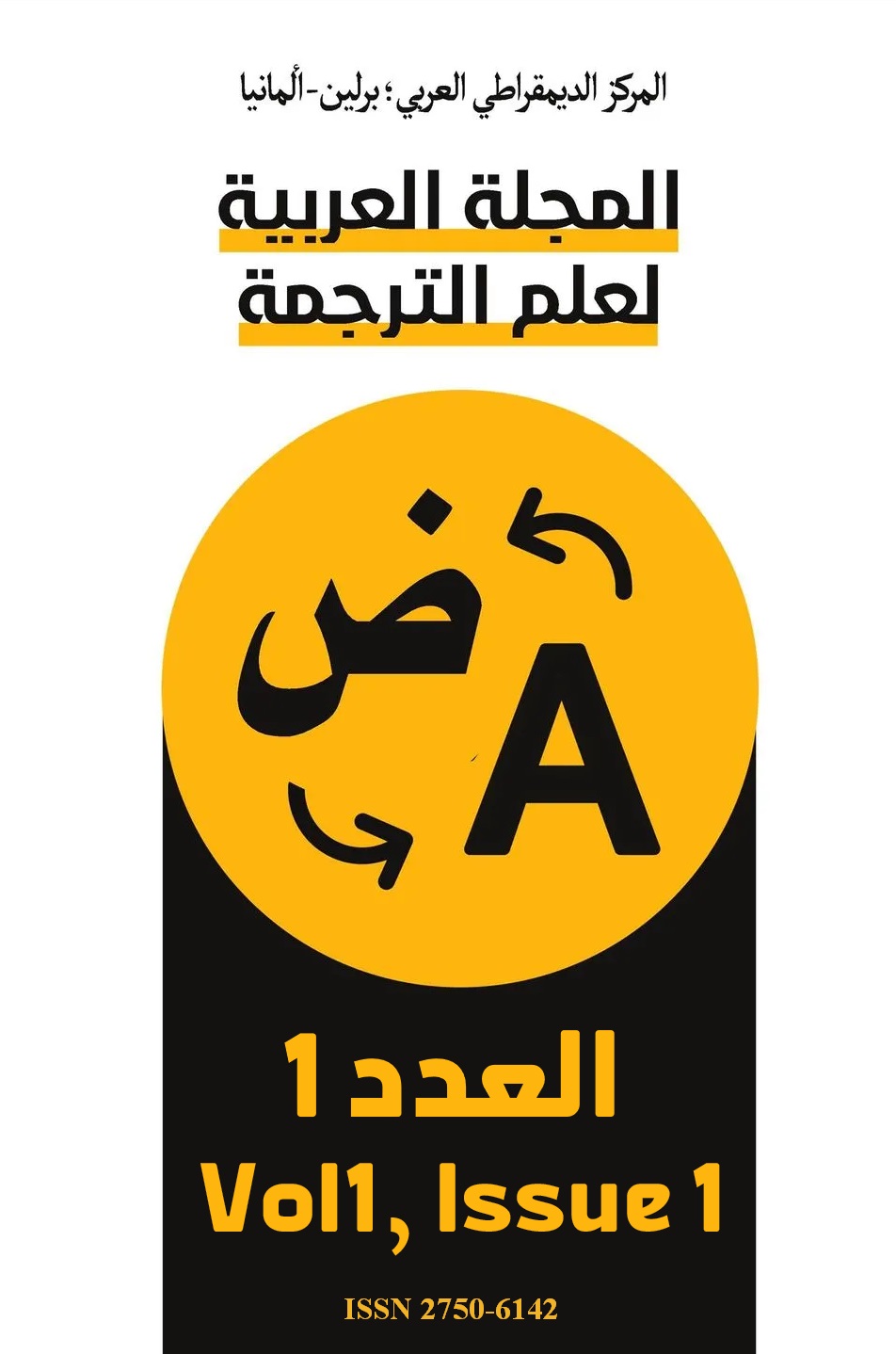Between Difference and Sameness: Translating Orientalism into Arabic and the Translator's Role
DOI:
https://doi.org/10.63939/AJTS.ypsf2647Keywords:
difference, homogeneity, Orientalism, translation, Arabic languageAbstract
"Humanity, and all that it has produced since its inception, has been a constant subject of fascination and inquiry across various disciplines. The diverse expressions of human societies – in terms of appearance, customs, beliefs, and artistic endeavors – have enriched the tapestry of civilization. Translation, in this context, has served as a crucial bridge, connecting cultures and fostering intercultural understanding. It has enabled the exploration of diverse perspectives and the sharing of knowledge across linguistic and cultural boundaries. However, the effectiveness of translation in facilitating such exchanges can vary significantly. Edward Said's observation on the muted reception of his work "Orientalism" in the Arab world, in contrast to its impact in the West, highlights the challenges and complexities involved in cross-cultural translation. This paper examines the role of translation in shaping cultural understanding, focusing on the case of "Orientalism." By comparing two Arabic translations of the book, we aim to shed light on the factors that influence the reception and interpretation of translated texts. Our analysis will delve into the specific choices made by the translators and their impact on the overall meaning and significance of the work."
Downloads
Downloads
Published
Issue
Section
License

This work is licensed under a Creative Commons Attribution-NonCommercial 4.0 International License.
As an open-access the journal follows the CC BY-NC 4.0 Attribution-NonCommercial 4.0 International which states that:
- you are free to:
- Share— copy and redistribute the material in any medium or format.
- Adapt— remix, transform, and build upon the material.
- Under the following terms:
- Attribution— You must give appropriate credit, provide a link to the license, and indicate if changes were made. You may do so in any reasonable manner, but not in any way that suggests the licensor endorses you or your use.
- NonCommercial — You may not use the material for commercial purposes.
- No additional restrictions — You may not apply legal terms or technological measures that legally restrict others from doing anything the license permits.












